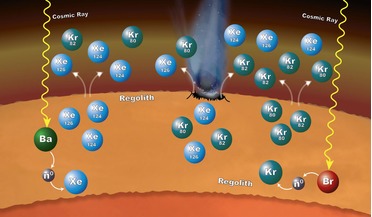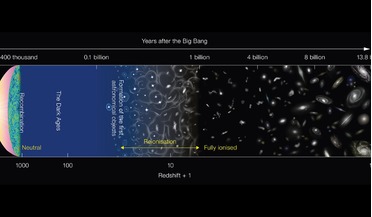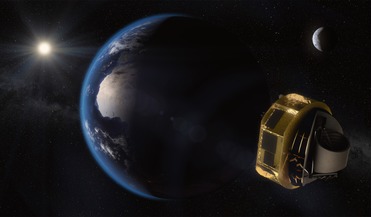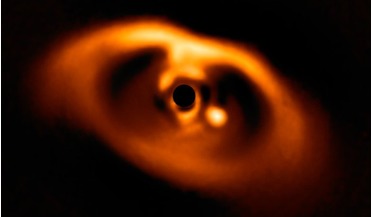 03 October 2016
Martian soil helps boost its atmosphere with noble gases
03 October 2016
Martian soil helps boost its atmosphere with noble gases
... Headquarters in Washington. "Discovering these interactions through time allows us to gain a greater understanding of planetary evolution." That evolution points to the notion that our martian neighbours atmosphere is more complex and interesting...
 29 January 2018
Astronomers discover a fossil of the Reionisation era
29 January 2018
Astronomers discover a fossil of the Reionisation era
... galaxies in order to help refine theories of galaxy formation and evolution. And now, a team of astronomers from Spain and Italy,... to this crucial turning point in the Universe's evolution will be a huge boost to researchers. Understanding ...
 23 March 2018
ESA selects ARIEL to look closely at exoplanets
23 March 2018
ESA selects ARIEL to look closely at exoplanets
... in which it forms, and how its birth and evolution are affected by its parent star.” The mission will focus... us to progress on key science questions regarding their formation and evolution, while also helping us to understand Earth's place in the ...
 09 May 2018
First confirmed carbon-rich asteroid found in Kuiper Belt
09 May 2018
First confirmed carbon-rich asteroid found in Kuiper Belt
...’s Very Large Telescope, helps strengthen theories about the dynamical evolution of the Solar System that describes how the planets ended... most widely accepted models of the Solar System's early evolution is the Nice model - named after Nice in France...
 02 July 2018
Baby planet in dusty disc finally caught on camera
02 July 2018
Baby planet in dusty disc finally caught on camera
... INfrared survey for Exoplanets) and DISK (sphere survey for circumstellar DISK) designed to shed light on planetary evolution processes. SHINE aims to image 600 young nearby stars in the near-infrared to discover and characterise new...
 30 January 2019
New physics needed to explain early expansion of the Universe
30 January 2019
New physics needed to explain early expansion of the Universe
... arose. “In the earlier phases that we can only probe with quasars, we find a discrepancy between the observed evolution of the Universe and what we would predict based on the standard cosmological model,” explained Lusso. At the moment...